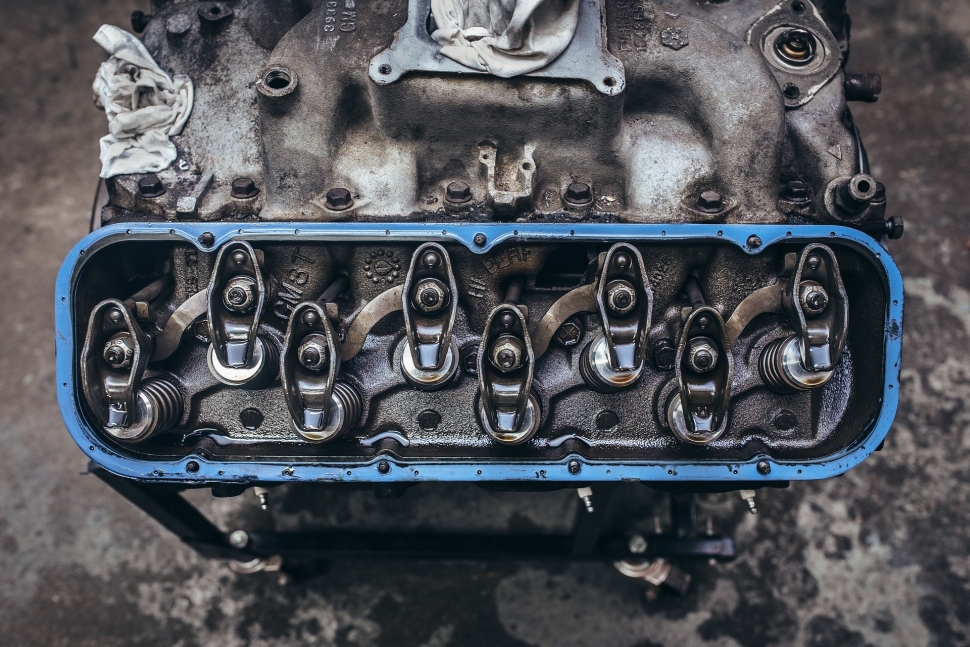
Engine lubricant (or engine oil) is one of the most important fluids in the vehicle's system and plays a crucial role in engine's proper functioning. Keeping a close eye on its quantity, texture and quality is inevitable part of every vehicle's maintenance. As every car owner knows, one well maintained lubrication system guarantees longer and trouble-free engine life.
Engine lubricant minimizes the effects of the friction between components like pistons, valves, connecting rods and other - thus preventing them from untimely wear-out, on one hand. On the other, it lowers the high temperature in the engine's system, caused by the friction.
That's why, mechanics always say that is of a great importance to check on the oil's level and consistency. Sudden drop under the permissible limits may lead to extreme wear out and overheating of the internal components which may result in highly expensive repair or even worse - a damage that's beyond repair. If we notice sudden change in its appearance (color, texture) and smell (one cannot skip the distinctive smell of something burnt), then it is time to see what's beneath the bonnet. Most drivers wait until the light on the dashboard comes up to signal the need for intervention. In most cases, when this happen, it's already time for a specialist to look up the car.
So how to check the level of the engine's oil?
It's not a big deal, at all. Actually, this is probably the first thing that young drivers are thought to. It all starts with parking the vehicle on a flat surface. The engine must always be cold (wait at least 20 minutes) - trying to do it on a still hot engine is dangerous and useless. After the car cools down, you may proceed with the check. The oil dipstick will help us measure the level of the lubricant, but it must be thoroughly cleaned before the procedure. Dipping the stick into the oil case, the liquid will stick to it. As you may have already noticed the dipstick is divided into two, by two distinctive lines. The best scenario is when the oil is between the two lines. When the oil mark is under the lower or above the upper line, then we might have a situation.
A mark below the lower line signifies that the engine sucks too much air - meaning that its working without enough lubricant. This would eventually lead to overheating and damage. In this case, it is necessary to add enough oil, to restore the liquid's balance.
Too much oil is also not a good thing. When the oil mark is above the upper line it may put in danger the rubber seals of the components.
Different engines need different amounts of oil. The safest way to know the needs of yours is to read the owner's manual. And yet, sometimes, even the manufacturer's data cannot give us the answer we need. That's why from time to time, we have to check out if an extra portion of oil is needed. But it all depends on our driving manner and the condition of the vehicle. By rule, old ones tend to use more engine lubricant.
Author: Diyana Ilieva